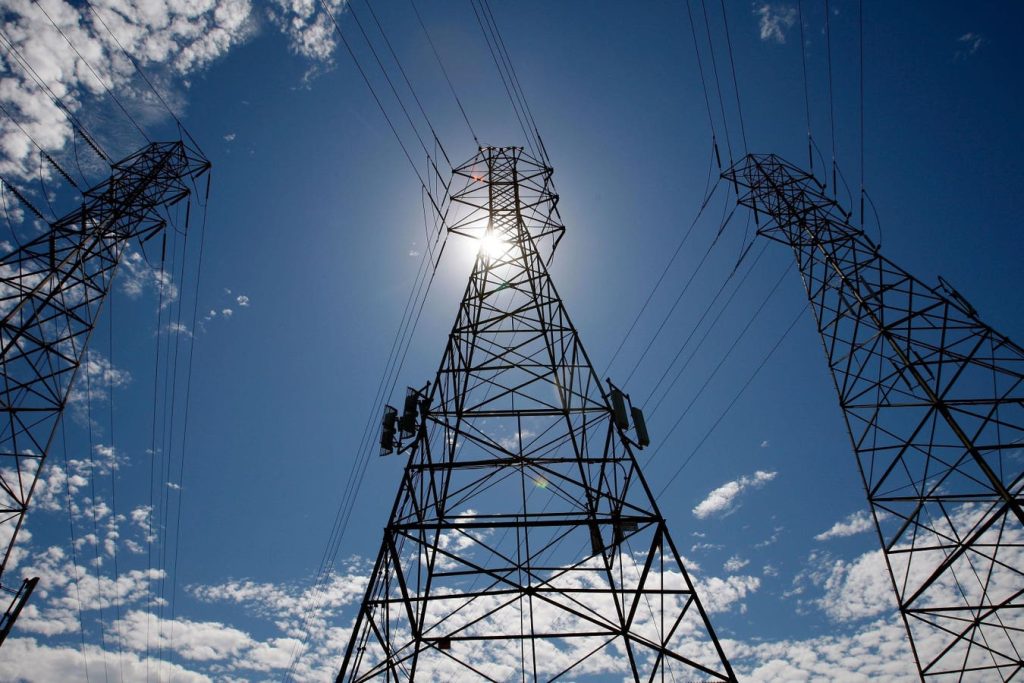The energy and climate crises have been accelerating for decades, with the need to address them becoming increasingly urgent. Rather than focusing solely on making the electrical grid greener, the ultimate goal should be to eliminate it entirely. Big Tech and other industries are putting a massive strain on the energy infrastructure, leading to struggles in keeping up with demand and ensuring reliability of the grid.
Recent incidents such as power outages in Texas during a winter storm and outages across the western US due to heat waves and wildfires highlight the vulnerabilities of the centralized grid system. The rapid growth in energy demand, fueled by new sources such as data centers and electric vehicles, is outpacing the rate of new electricity generation coming online in the US, leading to challenges in meeting increasing energy needs.
Estimates for growth in electricity demand were far lower than actual figures, causing grid operators to scramble to increase energy generation through extending the life of dirty coal plants, increasing energy costs, and requiring billions to update and expand the grid. The focus needs to shift towards decentralizing the grid, improving coordination, planning, and execution to meet the increasing demand for clean energy solutions.
The problem is not with energy generation technology, but with the centralization and bureaucratic management of the grid that has not kept pace with technological advancements. A decentralized grid with more autonomy and redundancy could provide resilience against outages, cyberattacks, and empower communities to have more control over their energy supply. The Department of Energy and researchers are exploring the concept of autonomous energy grids, with the hope of seeing decentralized grids in place within the next decade.
Rural co-ops in New Mexico and elsewhere are already taking the initiative to build microgrids that can provide power independently when the larger grid fails. A global movement is emerging to build microgrids, especially in vulnerable areas like Puerto Rico. The push towards decentralization offers a more resilient and efficient energy distribution system that can mitigate the strain on the centralized grid and provide communities with greater energy independence.
The ultimate goal should be total energy independence and the eventual obsolescence of the centralized energy grid. By pushing energy generation and management to the edges of the grid and investing in microgrids and autonomous energy grids, we can pave the way towards a more sustainable and reliable energy future. This shift towards decentralization could not only improve energy distribution but also reduce costs, increase efficiency, and empower communities to have more control over their energy sources.


